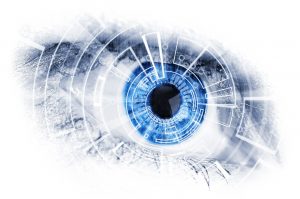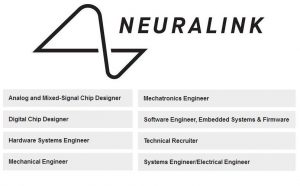Dr. Al Emondi:
“The Next-Generation Nonsurgical Neurotechnology (N3) program aims to develop high-performance, bi-directional brain-machine interfaces for able-bodied service members. Such interfaces would be enabling technology for diverse national security applications such as control of unmanned aerial vehicles and active cyber defense systems or teaming with computer systems to successfully multitask during complex military missions.
Whereas the most effective, state-of-the-art neural interfaces require surgery to implant electrodes into the brain, N3 technology would not require surgery and would be man-portable, thus making the technology accessible to a far wider population of potential users. Noninvasive neurotechnologies such as the electroencephalogram and transcranial direct current stimulation already exist, but do not offer the precision, signal resolution, and portability required for advanced applications by people working in real-world settings.
The envisioned N3 technology breaks through the limitations of existing technology by delivering an integrated device that does not require surgical implantation, but has the precision to read from and write to 16 independent channels within a 16mm3 volume of neural tissue within 50ms. Each channel is capable of specifically interacting with sub-millimeter regions of the brain with a spatial and temporal specificity that rivals existing invasive approaches. Individual devices can be combined to provide the ability to interface to multiple points in the brain at once.
To enable future non-invasive brain-machine interfaces, N3 researchers are working to develop solutions that address challenges such as the physics of scattering and weakening of signals as they pass through skin, skull, and brain tissue, as well as designing algorithms for decoding and encoding neural signals that are represented by other modalities such as light, acoustic, or electro-magnetic energy.”
www.darpa.mil/program/next-generation-nonsurgical-neurotechnology


![Annie Jacobsen: Inside DARPA - The Pentagon's Brain 450px-Annie_Jacobsen_0373[1]](https://cognitive-liberty.online/wp-content/uploads/450px-Annie_Jacobsen_03731-225x300.jpg)
![American psychological association & CIA: Science of Deception Workshop e835b00c2df6013ecd0b4401ef444f94eb6ae3d01db3164094f0c971_640[1]](https://cognitive-liberty.online/wp-content/uploads/e835b00c2df6013ecd0b4401ef444f94eb6ae3d01db3164094f0c971_6401-300x220.jpg)


![Weaponized anthropology ef37b80f2ae91c72d15e4c0def4e4e8be272e6d71fb6124293f1_640[1]](https://cognitive-liberty.online/wp-content/uploads/ef37b80f2ae91c72d15e4c0def4e4e8be272e6d71fb6124293f1_6401-300x195.jpg)




![Coup d'état 1024px-Eugène_Delacroix_-_Le_28_Juillet._La_Liberté_guidant_le_peuple[1]](https://cognitive-liberty.online/wp-content/uploads/1024px-Eugène_Delacroix_-_Le_28_Juillet._La_Liberté_guidant_le_peuple1-300x241.jpg)